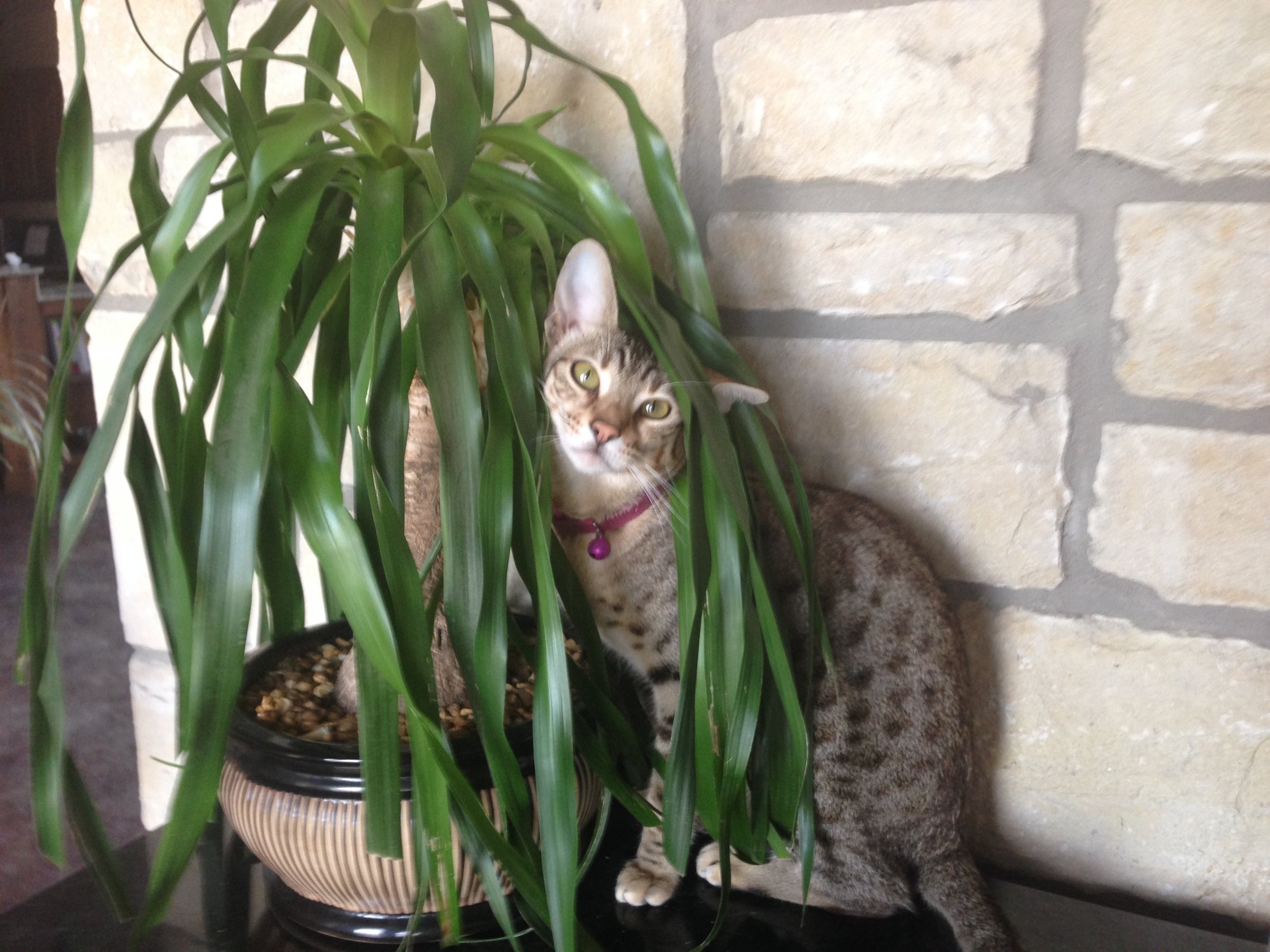Relocating far away from your home in Oklahoma can be a stressful experience, especially for our feline friends. Understanding how to minimize their anxiety is crucial for ensuring their well-being. So, let’s learn stress reduction techniques for cats during relocation, providing practical advice to make the process smoother.
Understanding Cat Stress
Stress in cats can manifest in various ways. Common signs include hiding, decreased appetite, excessive grooming, and vocalization. Cats are creatures of habit, and any change in their environment or routine can trigger stress. Common stressors include moving to a new home, long-distance traveling, disrupting their daily routine, and introducing new people or pets.
Pre-Relocation Preparations
Preparation is key to minimizing your cat’s stress. Start planning your move well in advance. Schedule a veterinary check-up to ensure your cat is healthy and discuss any concerns you have about the relocation process. If you’re moving long-distance, this step is especially important.
Also, make sure your cat’s vaccinations are up-to-date, and get copies of their medical records. That is particularly important if you’re relocating from Oklahoma to another state, as there might be different pet regulations to follow.
Create a Safe Space
Before the move, set up a safe space for your cat. It could be a room with their favorite blankets, toys, and other familiar items. Having a temporary safe room can provide a sense of security. This space should be quiet and far away from the hustle and bustle of packing.
Gradually introduce your cat to the safe space by placing their food, water, and litter box in the room. Allow them to explore and get comfortable with the area, especially if you’re caring for an exotic kitten, as they might need more time to adjust.
Gradual Introduction to Carriers
Many cats associate carriers with vet visits, which can be stressful. Choose a comfortable carrier and leave it open in your home, allowing your cat to explore it at their own pace. Place treats and toys inside to create positive associations.
Start by feeding your cat near the carrier, then gradually move their food inside it. They will start to associate their careers with positive experiences. Over time, close the carrier door briefly to help them get used to being inside.
Manage Stress During the Move
Using effective stress reduction techniques for cats during relocation can significantly improve their comfort and well-being.
Keeping Your Cat Secure
On the moving day, keeping your cat secure is essential to minimize their stress.
Ensure your cat remains in their carrier to avoid overhandling, which can increase anxiety. The carrier should be properly secured in the car to prevent accidents, especially if traveling long distances. Also, make sure to spend some time with them, as it helps to reassure and calm them down.
Travel Tips
For long-distance moves, make frequent stops to check on your cat. Ensure they are comfortable and maintain a suitable temperature in the car. It’s important to keep them hydrated and provide them with small amounts of food if the journey is long. If your cat is particularly anxious, consult your vet about possible mild sedatives or anti-anxiety medications that can help make the journey less stressful.
Likewise, cooperate with professional long-distance movers from Oklahoma, as they can speed up the loading of boxes while you spend quality time with your cat. You can use a database of movers to find professionals who also offer packing services. That way, you won’t have to worry about anything and enjoy a smooth transition with your pet.
Post-Relocation Strategies
Upon arrival at your new home, set up a new safe space for your cat. Use familiar items from the old home to make the space comforting. Gradually introduce your cat to the new environment, one room at a time. It can help them feel secure and adjust more quickly. Make sure the new safe space has all the essentials: food, water, a litter box, and their favorite toys.
Cats thrive on routine. Try to keep feeding and playtime schedules consistent. Place the litter box in a quiet, easily accessible location. Maintaining these routines can help reduce stress and make the transition smoother. Stick to your cat’s usual feeding schedule and play with them to provide reassurance, especially if you’re a first-time cat owner learning the ropes.
Keep an eye on your cat’s behavior. Give them time to adjust if they show signs of stress, such as hiding, aggression, or changes in eating habits. If stress persists, consult your veterinarian for advice. Regular monitoring is crucial, especially if you’re caring for an exotic kitten, as they might require more specialized attention.
Long-Term Stress Reduction Techniques
Here’s how to keep your feline friend happy and stress-free long after relocation.
Environmental Enrichment
Provide your cat with plenty of interactive toys and playtime. Scratching posts and perches can also help keep them engaged and reduce stress. Consider investing in puzzle feeders to keep their minds stimulated. That is particularly beneficial if you’re a first-time cat owner and want to ensure your cat remains happy and healthy in their new environment.
Building a Bond
Spend quality time with your cat to strengthen your bond. Use positive reinforcement to encourage good behavior. It can be as simple as petting them, talking to them, or giving them treats when they exhibit calm behavior. The more positive their interactions with you, the more secure they will feel in their new home.
Ongoing Health and Wellness
Regular veterinary check-ups are essential for your cat’s health. Ensure they have a balanced diet and stay hydrated. Maintaining their health is crucial for long-term stress reduction. Consider incorporating supplements or vitamins into their diet if recommended by your vet. Look into the best products for your cat to ensure they have everything they need for a healthy, stress-free life.
Final Thoughts on Stress Reduction Techniques for Cats During Relocation
Moving can be a challenging experience for cats, but with proper preparation and care, you can minimize their stress. Following these stress reduction techniques for cats during relocation can help ensure a smoother transition for your feline friend. Best of luck with your move!

















